Argonne, PNNL researchers develop new cobalt-free cathode for high-energy Li-ion cells
Green Car Congress
SEPTEMBER 20, 2021
A team from Argonne National Laboratory and Pacific Northwest National Laboratory (PNNL) has developed a new cobalt-free cathode for high-energy lithium-ion cells. In an open-access paper in the RSC journal Chemical Communications , the team reports that Li/LT-LiMn 0.5 O 2 : A Unique Co-Free Cathode for High Energy Li-Ion Cells” Chem.


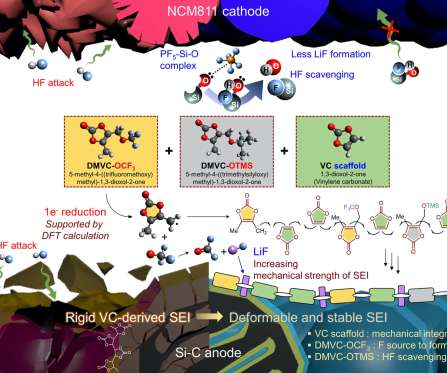













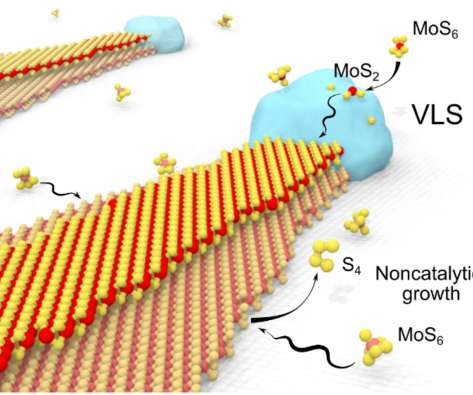

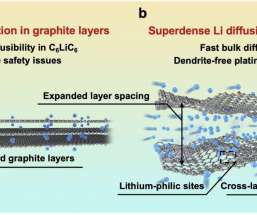



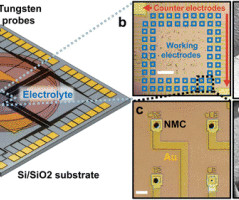


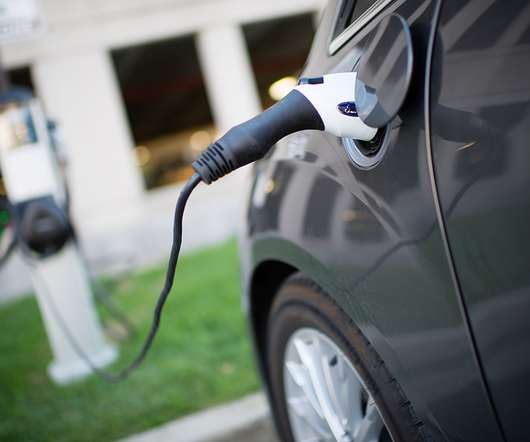









Let's personalize your content